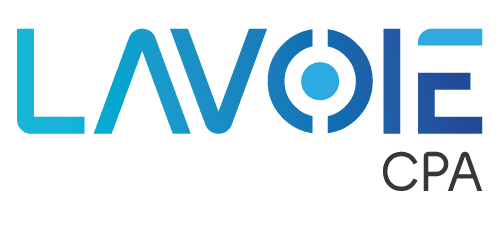Federally Qualified Health Centers (FQHCs) are under constant pressure to do more with fewer resources. Between compliance deadlines, complex funding streams, and growing patient needs, administrative teams are often overwhelmed. The good news? Many of those hours spent managing spreadsheets, reconciliations, and manual reporting can be reclaimed through automation.
Financial automation isn’t about replacing people; it’s about giving your team back the time they need to focus on strategy, compliance, and patient outcomes. This playbook breaks down how to build a smarter, more efficient financial operation in your FQHC.
Step 1: Identify Manual Bottlenecks
Start by understanding where your team spends the most time. It’s usually in reconciliations, journal entries, or report consolidation, tasks that require precision. These are perfect candidates for automation.
At Lavoie CPA, we often find that FQHCs lose between 10 and 20 hours per month reconciling accounts across different systems. Automating these steps can instantly improve productivity, accuracy, and morale. The goal here isn’t just speed, it’s consistency. When data flows automatically and accurately, there is trust in the financial data provided.
Step 2: Automate Key Financial Processes
Once you’ve identified bottlenecks, begin automating the most repetitive tasks. Platforms like Sage Intacct allow for rule-based approvals, recurring journal entries, and automatic imports from banking or revenue cycle management systems.
Automation ensures that key workflows, like payables, revenue recognition, and reporting, run reliably without daily oversight. The result is faster closings, cleaner data, and fewer late nights for your accounting staff. It also gives your organization a single source of truth, which is essential when reporting to funders and HRSA.
Step 3: Connect Automation With Insights
Automation is most valuable when it feeds into decision-making. Once processes are running smoothly, the next step is to use the real-time data they generate to track operational performance.
For example, connecting your financial platform to encounter data allows you to analyze average revenue per visit and identify payer trends instantly. This integration helps you understand your revenue and where you need to focus. Visibility into these metrics turns your automation investment into actionable conversations, supporting smarter allocation of limited resources.
Step 4: Measure and Communicate Impact
Efficiency gains mean little if they aren’t visible to leadership. Track measurable improvements after automation, like hours saved per month, faster report turnaround, or reduced compliance errors. Presenting this data demonstrates ROI and reinforces the value of automation as a long-term strategy.
The more your leadership sees the operational benefits, the easier it becomes to expand automation to other areas like budgeting, grant tracking, and forecasting. It also helps build a culture where technology and efficiency are viewed as enablers of mission success, not obstacles to it.
Step 5: Build for the Future
Automation isn’t a one-time project, it’s a mindset. As your systems mature, you’ll find new opportunities to streamline tasks and eliminate redundancies. Partnering with a team that understands both financial operations and FQHC compliance ensures that every improvement stays aligned with your regulatory obligations and your mission.
At Lavoie CPA, we help FQHCs assess automation opportunities, implement cloud-based systems like Sage Intacct, and connect financial and operational data for better visibility. The result: less time spent managing data, and more time focused on delivering care.
Start the Conversation
Ready to see how automation can give your team back valuable time? At Lavoie CPA, we help FQHCs transform financial management into a driver of efficiency and insight.
Start the conversation today to explore what automation could mean for your organization.

